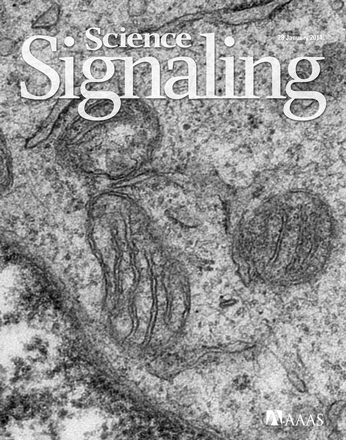We analysed the output of a RNAi imaging screen in HeLa cells to detect genes whose silencing results in either fused or fragmented mitochondria. Reactive oxygen species modulator (ROMO1) silencing resulted in fragmentation. This encodes a small 79 amino acid transmembrane protein with a series of conserved cysteines that could form disulfide bridges [1]. Follow up experiments supported that ROMO1 acts as a redox state sensor by forming disulfide bridges that inactivate the protein, resulting in an alteration of the processing of the GTPase OPA1, which in turn would cause fragmented mitochondria and cell sensitization to apoptosis.
We studied the output of an RNAi screen designed to identify genes associated to the function of cell volume regulation, known for more than 20 years to rely on an anion channel mechanism but whose molecular basis had been elusive. In the screen, HEK cells were exposed to saline iodine solution, which induced swelling and a iodine influx mediated by the channel. This influx was monitored by a protein whose fluorescence decreases in the presence of iodine. siRNas that lowered the rate of fluorescent decrease were used to select candidates. Transmembrane protein LRRC8A was identified. This protein forms heteromers with another four LRRC8 isoforms and such heteromers, in variable isoform combinations, are responsible for the volume regulated anion channel (VRAC) and the volume sensitive osmolyte and anion channel (VSOAC) [2].
References
[2] Voss, F.K., F. Ullrich, J. Münch, K. Lazarow, D. Lutter, N. Mah, M.A. Andrade-Navarro, J.P. von Kries, T. Stauber, and T.J. Jentsch. 2014. Identification of LRRC8 heteromers as essential component of the volume-regulated anion channel VRAC. Science. 344, 634-638.

